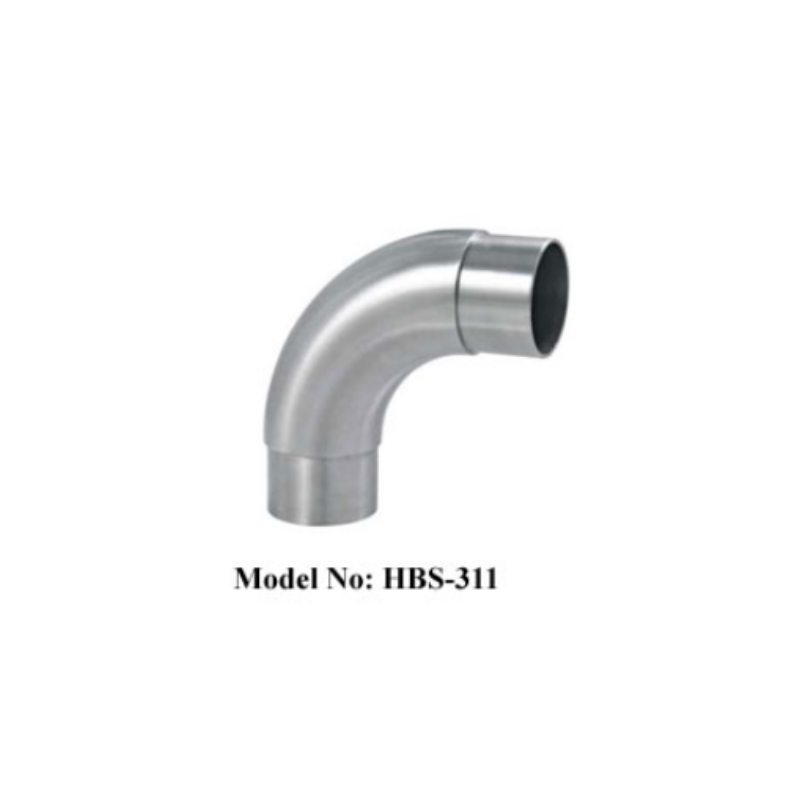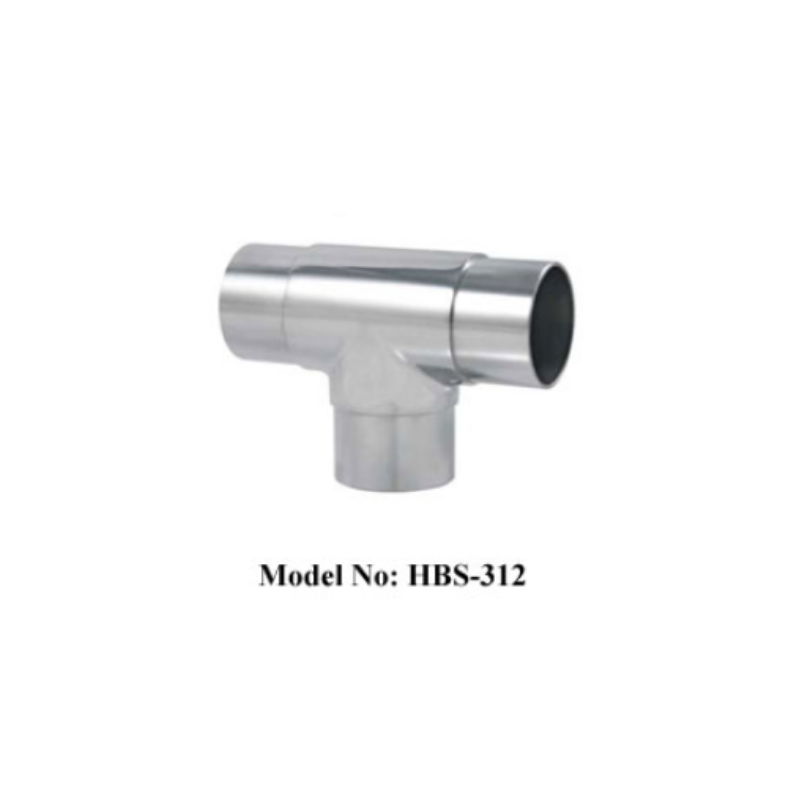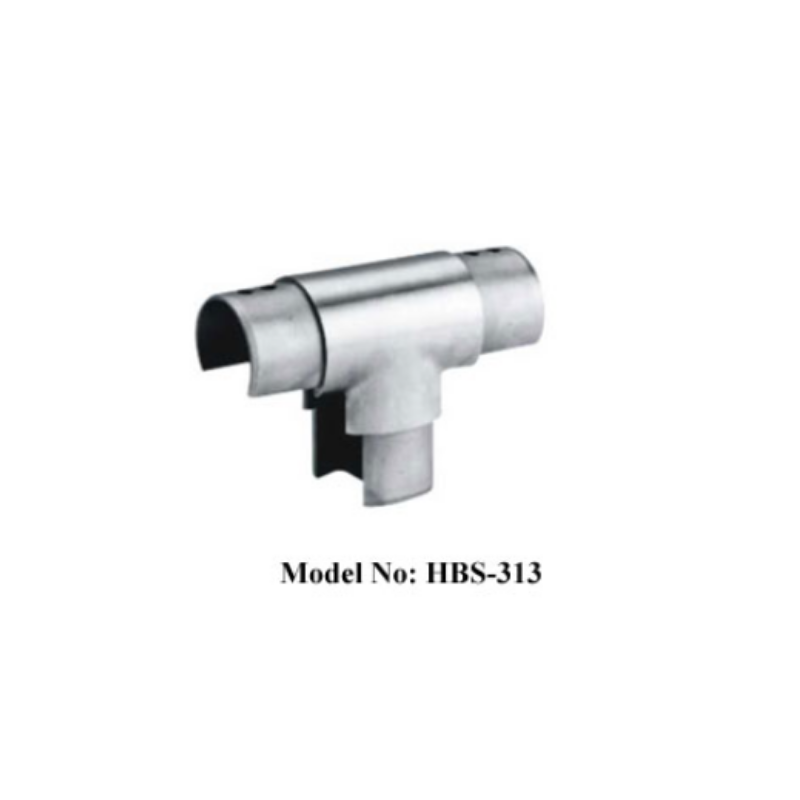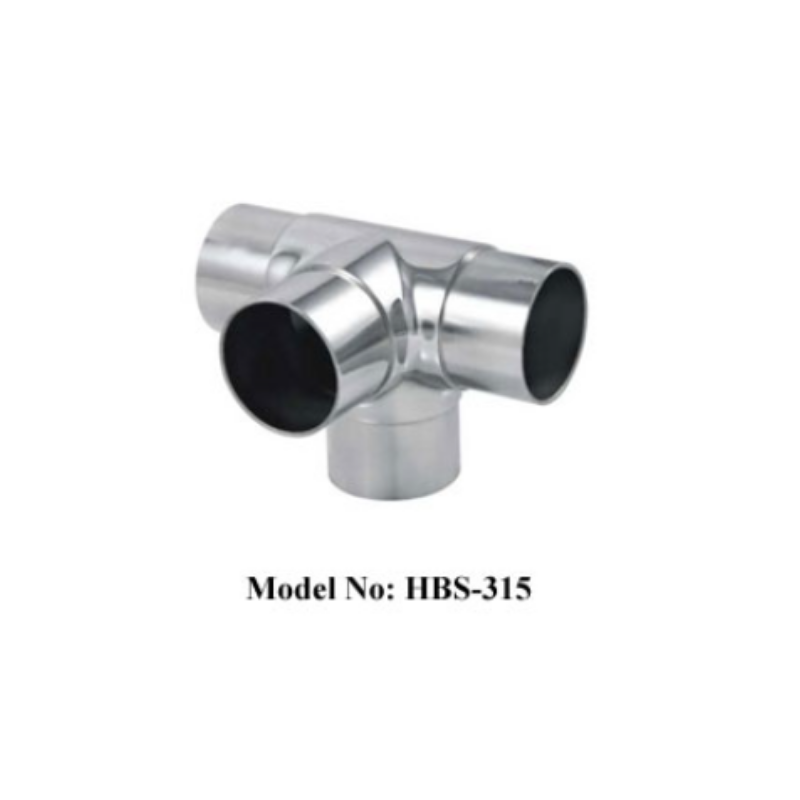Due to the corrosion and alternating load during the use of construction machinery, the stresses of castings (such as diesel engine oil sump, water tank and transmission housing of construction machinery) are prone to stress concentration, which causes the defects to gradually expand and lead to seepage. leak. Through practice, there are four easy ways to handle the leakage of castings.
1. Filling method for the hydraulic test of the casting model, find the leaking part, and then use the tweezers to open a small groove with a depth of not less than 1.5mm along the crack to carry out the degreasing treatment, and place the groove surface horizontally, then use AR- 4 glue to fill the plugging; in addition to filling the groove, the part of the adhesive can also penetrate into the sand hole under the action of gravity to achieve the purpose of plugging. Note that when using this method, the casting should be dried before filling. After the filling is cured, a hydrostatic test should be carried out to check for leakage.
2. Leakage method: The leakage part of the casting is placed at the lowest position, the metal trapping agent is dissolved in water, and the pressure of the solution is raised to about 1.5 times of the working pressure of the casting by the water pressure test method, so that the water containing the trapping agent passes through the sand hole. The filtering action blocks the binder in the sand hole. As the leakage continues, the binder in the sand eye gathers more and more, and finally the sand hole is blocked. After stopping the leakage, keep the pressure for 20 minutes, then let go of the trapping agent and leave it for 24~28h to let it dry naturally and the binder solidify. Repeat the test and use it without leaking water.
3. Acid etching method uses hydrochloric acid corrosion method to eliminate defects such as pores, blisters and cracks. The specific method is to clean the inside of the box with gasoline, and then soak it in a 5%-10% hydrochloric acid solution for a day and night to allow the hydrochloric acid to fully react with the casting. Due to the displacement, the produced ferrous chloride can fill the tiny blisters. , cracks and pores. However, the corroded box must be cleaned by adding a small amount of 0.5%-10% aqueous sodium hydroxide solution to remove residual hydrochloric acid solution.
4. Brazing castings are generally gray cast iron and can be repaired by brazing. Thoroughly clean the rust, oil, oxide and sediment on the surface before brazing, and then further clean the blisters or microcracks with flux, and then drip the molten solder into the blisters or cracks. After the solder is condensed, It is welded and the casting will not leak again.
1. Filling method for the hydraulic test of the casting model, find the leaking part, and then use the tweezers to open a small groove with a depth of not less than 1.5mm along the crack to carry out the degreasing treatment, and place the groove surface horizontally, then use AR- 4 glue to fill the plugging; in addition to filling the groove, the part of the adhesive can also penetrate into the sand hole under the action of gravity to achieve the purpose of plugging. Note that when using this method, the casting should be dried before filling. After the filling is cured, a hydrostatic test should be carried out to check for leakage.
2. Leakage method: The leakage part of the casting is placed at the lowest position, the metal trapping agent is dissolved in water, and the pressure of the solution is raised to about 1.5 times of the working pressure of the casting by the water pressure test method, so that the water containing the trapping agent passes through the sand hole. The filtering action blocks the binder in the sand hole. As the leakage continues, the binder in the sand eye gathers more and more, and finally the sand hole is blocked. After stopping the leakage, keep the pressure for 20 minutes, then let go of the trapping agent and leave it for 24~28h to let it dry naturally and the binder solidify. Repeat the test and use it without leaking water.
3. Acid etching method uses hydrochloric acid corrosion method to eliminate defects such as pores, blisters and cracks. The specific method is to clean the inside of the box with gasoline, and then soak it in a 5%-10% hydrochloric acid solution for a day and night to allow the hydrochloric acid to fully react with the casting. Due to the displacement, the produced ferrous chloride can fill the tiny blisters. , cracks and pores. However, the corroded box must be cleaned by adding a small amount of 0.5%-10% aqueous sodium hydroxide solution to remove residual hydrochloric acid solution.
4. Brazing castings are generally gray cast iron and can be repaired by brazing. Thoroughly clean the rust, oil, oxide and sediment on the surface before brazing, and then further clean the blisters or microcracks with flux, and then drip the molten solder into the blisters or cracks. After the solder is condensed, It is welded and the casting will not leak again.
Handrails And Balustradings Tube Connectors & Elbows
Leader Hardware offer full range of Stainless Steel Handrails And Balustradings Hardware.
This catogory is for Tube Connectors and Tube Elbows made in Stainless Steel 304 or 316, mirror or satin finish.
Suitable for varies of tube size.
Please consult our team for full range of our products. OEM service is available.




Handrails and Balustradings Hardware, Stainless Steel Tube Connectors, Stainless Steel Tube Elbow
Leader Hardware Manufacturer Limited , https://www.leaderhardwarecn.com